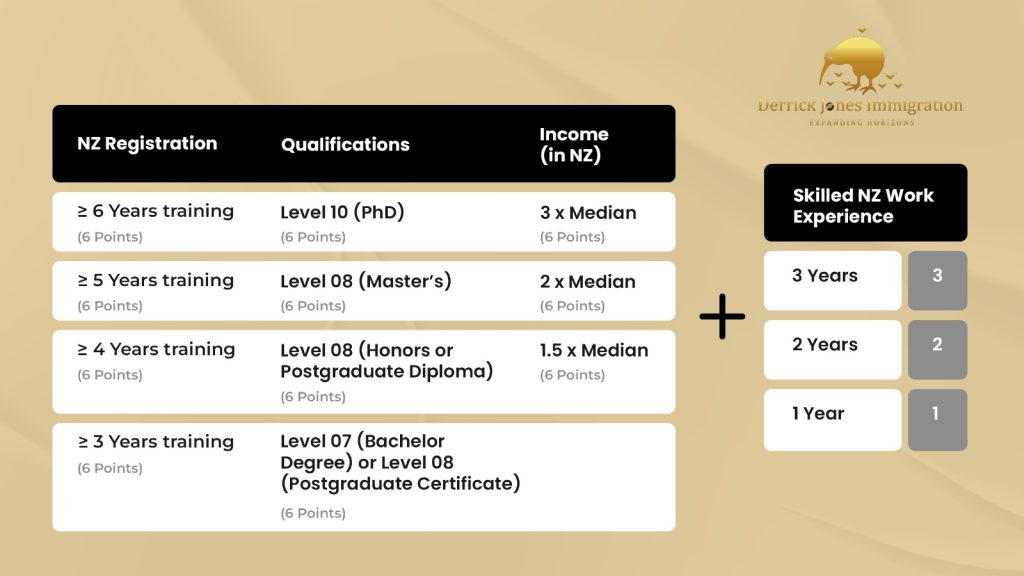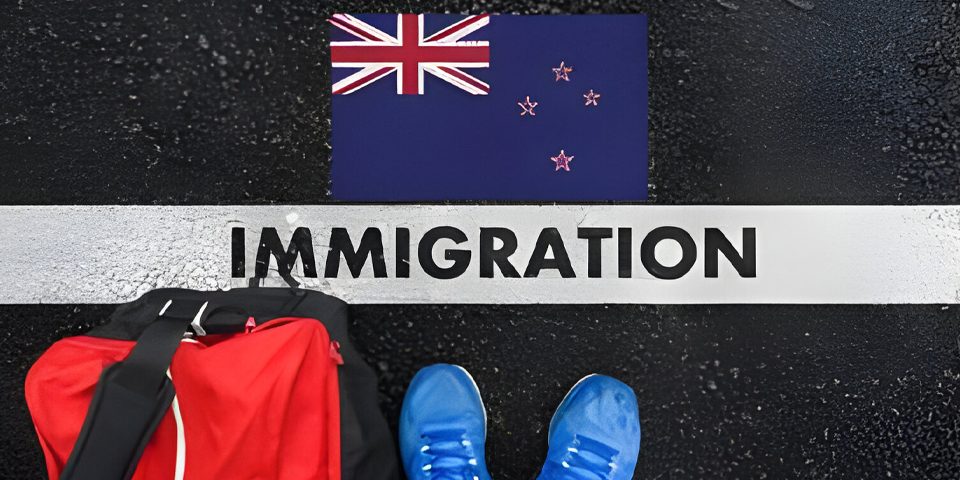NZ rolls out new visa for skilled migrant labourers

New Zealand’s SMC Resident Visa: Changes and Pathways Unveiled
October 6, 2023
Why You Shouldn’t Handle Your Accredited Employer Work Visa Process by Yourself
October 21, 2023After decades of staying rigid in its visa policies for skilled migrant labourers , the New Zealand government recently came out with great news for immigrants – an amendment of terms and policies in applying for a visa under the Skilled Migrant Category. While this visa category was associated with a complex set of rules and regulations that tested the eligibility of an applicant, the new system is simpler and more accessible.
It is a six-point system that allows applicants to draw points from only two factors toarrive at the six points. However, every applicant must have skilled employment in New Zealand or must be drawing a salary that is at least 1.5 times the median income (at which point, skill is less important) from an accredited employer. This is a major change in the new policy compared to the previous skilled migrant pathways, and a pointer tohow reliant the government is on the Accreditation Program.

The application form on Immigration New Zealand (INZ) requires a person to fill in details under six columns to calculate the points, where the applicant can choose points from one of the columns on the left (but only one) and then top up their points with points from the much smaller column on the right. Though the qualifications and income columns may be easy to work out, the registration column may leave a few scratching their heads.
INZ has tried to solve this by creating a specific list of occupations that fall under this category and how many points each occupation might secure in the registration process - that list is its own Rube Goldberg machine.
Given the relatively high thresholds involved to score six points right out of the gate, this policy will see the vast majority of applicants on a ‘work to residence’ style pathway. That will mean the process to secure Residence will continue to involve a multiple-step and multiple-visa approach. This Visa pathway does not demand one to have an NZ job to be on a particular “shortage list”. If it is skilled or you are paid 1.5 times the median
wage then your job can be used
The second option, without points, is actually more than just one pathway as it consists of three separate options. While the first point is faster than the other two, the second is a particular level of skill, and the third is available to specific roles in specific sectors that make up steps one, two and three of a good Rube Goldberg machine.
The first of our three pathways is the easiest to understand and the fastest. For those who secure a job offer that is contained in Tier 1 (the top half) of the Green List, the list covers some specific occupations in healthcare, ICT, education and so forth. Each occupation has its own requirements such as qualifications, experience, registration or salary (or a mixture of these) and jobs have to be with Accredited employers.
However, that is all that is required besides being under 56 years old, healthy, of good character and English-speaking. Applicants can apply straight away for Residence and processing is geared towards being swift, although there are things that can slow down any application, so a Work Visa might still be required.
This slightly more involved pathway is referred to as ‘Work to Residence’, where applicants have to work in New Zealand for a period of two years in an occupation on the Green List, Tier 2 for a period of two years before Residence can be applied for.
Tier 2 of the Green List contains occupations that are in demand, but perhaps not quite as critical and usually at a slightly lower skill level. In this case, the process involves securing the Work Visa in order to work your way towards applying for Residence. Again one has to work for an Accredited employer and earn at least the median wage or whatever salary is specified for that occupation.
However, only certain Work Visas qualify toward the two years, one has to work in that specific occupation over the two years and if your occupation has a wage requirement on the Green List, you need to stay on that wage for the full two-year duration and those wage levels increase annually.
In the Work to Residence option for specific sectors, there are two -- the care workforce and the transport sector. These cover a variety of jobs within those sectors and have specific (usually lower) salary thresholds than other categories. Much like the earlier category, this option requires applicants to have worked here on specific Work Visas, earning the right income (unless exempt) for a period of two years before Residence can be applied for.
The process is complicated for multiple reasons, but the most obvious reason is that the current Government (with upcoming elections in October) has added layers upon layers to the process to appease various industry groups who have been able to shout the loudest. The system aims to secure skilled, employable, English-speaking applicants to fill gaps in the labour market and support the country’s economy in its attempt to expand.
For the prospective applicant however, the key thing to focus on is the simple fact that no matter how complicated, bizarre or quirky our system is, the fundamental need has never changed - the need to bring in skilled people to fill skill shortages.




